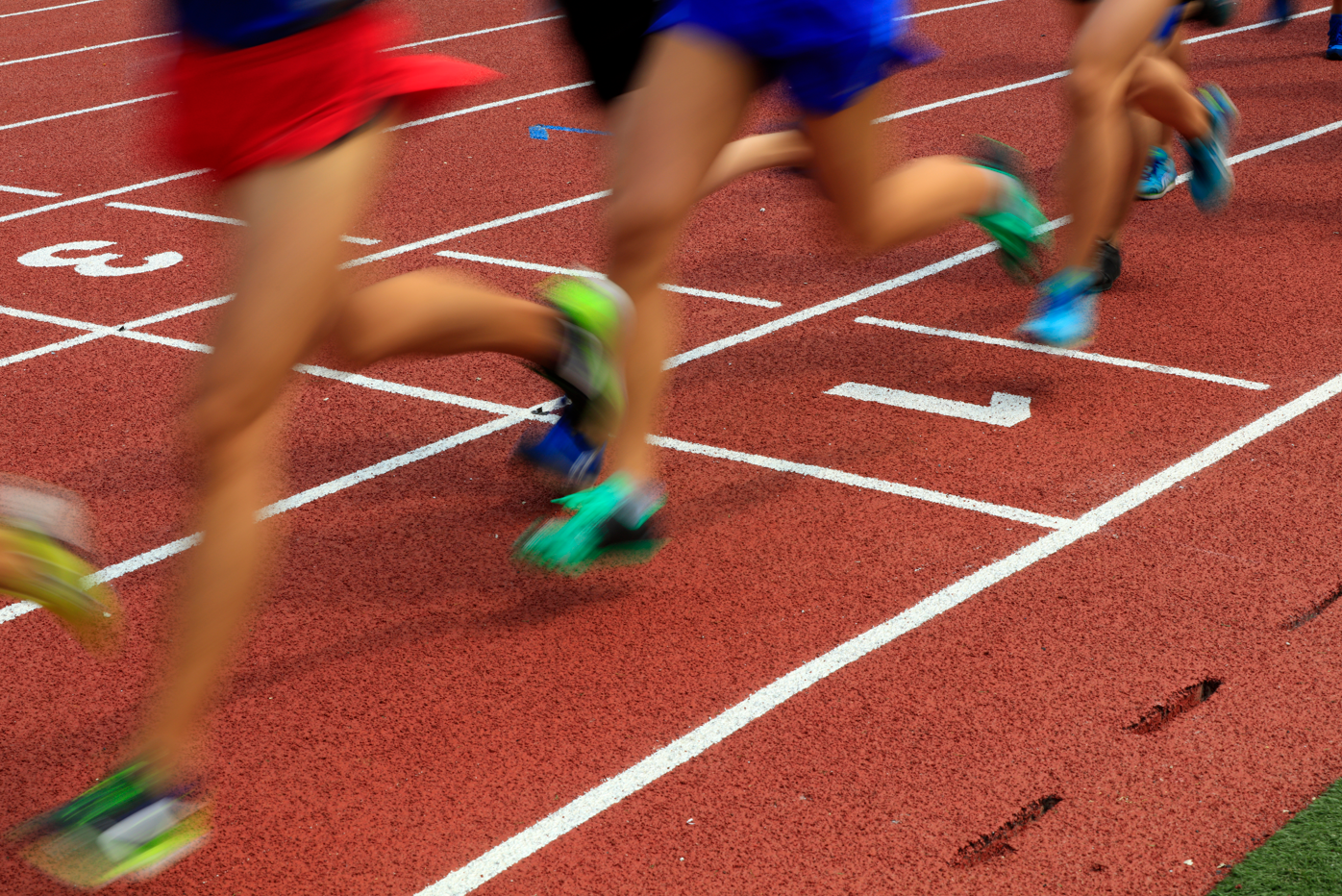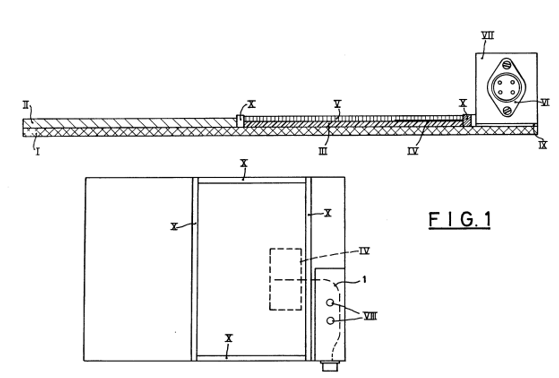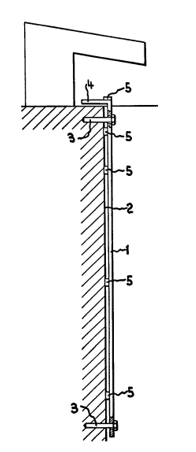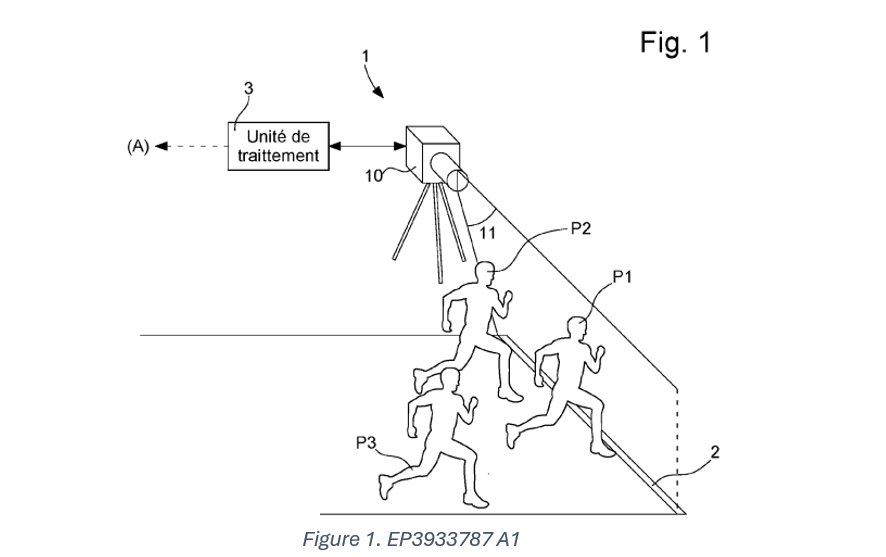The history of the Olympic Games is closely intertwined with technological innovation. At each edition, patented advancements have pushed the limits of human performance, redefining what we thought possible.
This overview of revolutionary inventions offers insight into the crucial role of technology in the evolution of elite sports.
Performance Tracking and the Evolution of Timing Technologies

But among the strongest and fastest, who is the best? Electronic timing systems are one of the most significant innovations of the modern Games, enabling fair and accurate comparison of world records.
In this field, the development of automatic and high-precision timekeeping systems has continually evolved. Watchmaking companies specializing in timing have become indispensable partners of the Olympic Games.
This partnership has allowed them to boost their R&D and offer new automatic and high-precision timing systems. Today, the precision of timing is on the order of a microsecond (1/1,000,000 of a second), and video systems can record several thousand images per second.
At the 2024 Paris Olympics, Swiss company OMEGA® has been chosen as the official timekeeper. A crucial partner of the Olympic Games, OMEGA and its sister companies under the Swatch® Group, Swiss Timing® and Longines®, work closely to provide new technologies adapted to the Games.
Better Control of Game Rules
In addition to continuously improving the precision of timing systems, these companies have also developed systems for tracking spectators and controlling game rules.
For example, in 1964, Longines filed in Germany what is likely the first patent application (DE 1290749 B) to protect a starting control installation. This installation targets events where the start is given by a gun and allows false starts to be detected with a precision of less than 3 milliseconds, informing only the competitor who made the error.

The figure from patent DE 1290749 B shows a schematic view of the starting plates composed of several layers of aluminum (I, II, IV) and Plexiglas (III), insulated (X) and connected to an electrical circuit.
When the competitor prepares for the start, they press one hand on plates II and V, thus closing an electrical circuit through the conductivity of the skin.
This circuit is monitored by a relay in a control center. In the event of a false start, the starting gun is electromagnetically locked to prevent the start.
According to an OMEGA statement, the 1984 Los Angeles Olympics saw this type of starting control installation on the Olympic field for the first time, nearly 20 years after the patent DE 1290749 B was filed.
In swimming, OMEGA filed its first patent application in 1964 (CH476334 A) for an electrical contact device designed to detect the arrival of swimmers, commonly called a “touchpad.”
This device offered increased sensitivity and robustness compared to the pneumatic devices used at the time.
Touchpads were quickly integrated into the Olympic Games, making their notable debut at the 1968 Mexico Games, just four years after the CH476334 A patent application was filed.

The figure from the CH476334 A patent application illustrates a perforated PVC touchpad (1) with integrated contact cables (5) suspended parallel to the finish face (2). When a swimmer touches the pad, it deforms and compresses the cables, closing an electrical circuit that records the finish time. The cables, consisting of two flat conductors insulated in an elastic tube, provide a quick and reliable response regardless of the touch force.
Par la suite, de nombreuses demandes de brevet ont été déposées pour protéger les améliorations de ces systèmes et, de manière générale, les technologies permettant le suivi des épreuves sportives.
Aujourd’hui, le chronométrage par « photo-finish » est la principale technique utilisée pour déterminer l’ordre d’arrivée et le temps des compétiteurs dans des courses où les marges de victoire peuvent être extrêmement minces, tels que l’athlétisme, le cyclisme, l’aviron et bien d’autres.
Les images capturées sont analysées pour déterminer le moment précis où chaque compétiteur a franchi la ligne d’arrivée à l’aide de marqueurs temporels, permettant de calculer avec une précision extrême le moment exact où le corps de chaque compétiteur a franchi la ligne d’arrivée.
Cependant, tout n’est pas encore complètement automatisé ! Les marqueurs temporels sont encore positionnés de manière manuelle ou semi-manuelle par un opérateur, ce qui ralentit le processus de fourniture des résultats. L’une des demandes de brevets les plus récentes de Swiss Timing, la demande EP3933787A1 déposée le 2 juillet 2020, porte ainsi sur un système de détermination de position ou de posture permettant de placer automatiquement ces marqueurs. La figure 1 de ce document illustre de manière schématique le système qui met en œuvre l’intelligence artificielle pour placer de manière automatique les marqueurs.
Figure 1. EP3933787 A1

Technology Serving New Challenges in Olympic Sports?
The most recent patent applications give us a glimpse of the new technologies that we might see at the Olympic Games of tomorrow.
For example, Swiss Timing filed a patent application in July 2020 (EP3933788 A1) for a timing method that allows precise performance tracking at different sites worldwide, thus avoiding international travel for athletes and spectators. Indeed, the organizers of the Olympic Games are keen to reduce the carbon footprint of the world’s largest sporting event.
The organization of decentralized events is one of the solutions being considered, and this new Swiss Timing technology would enable precise monitoring while accounting for transmission times between sites. Will we see such events taking place at different sites simultaneously in the coming years?
Ensuring fair environmental conditions during events is challenging, but this type of technology could at least ensure fair timing!
July 2024
